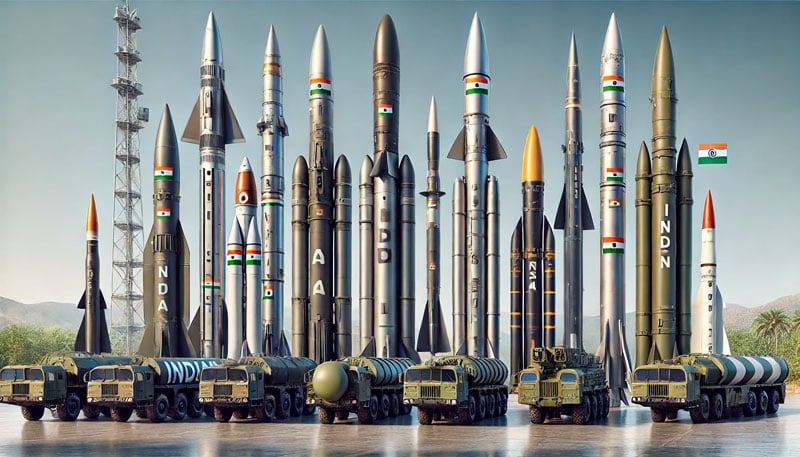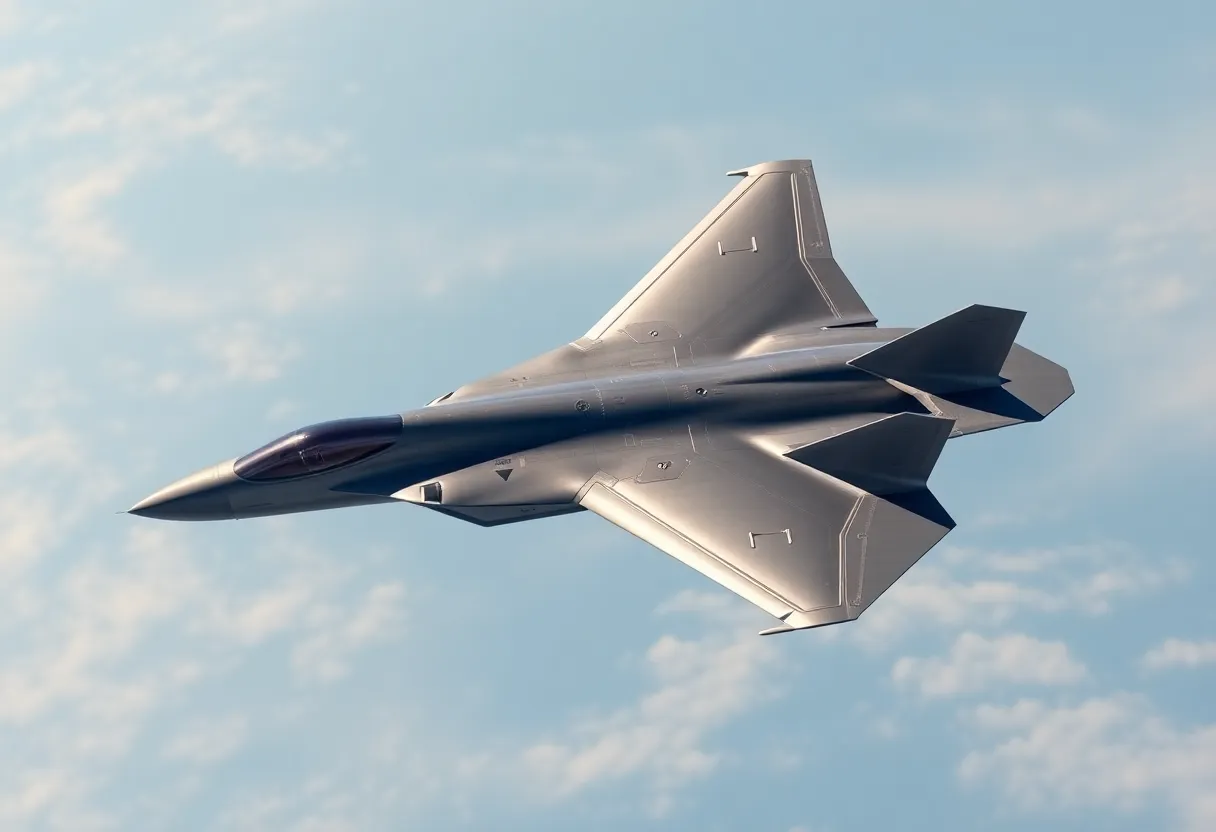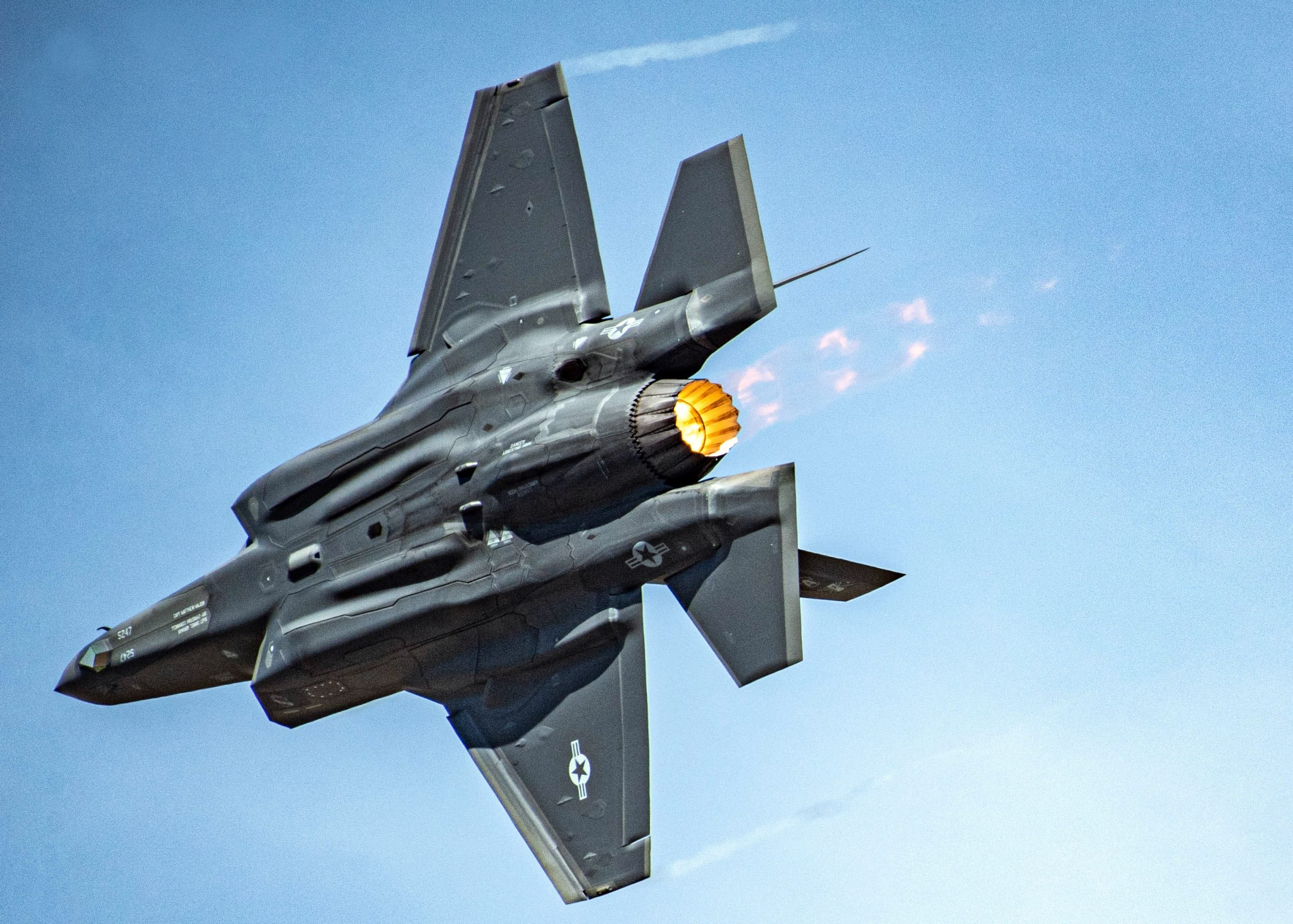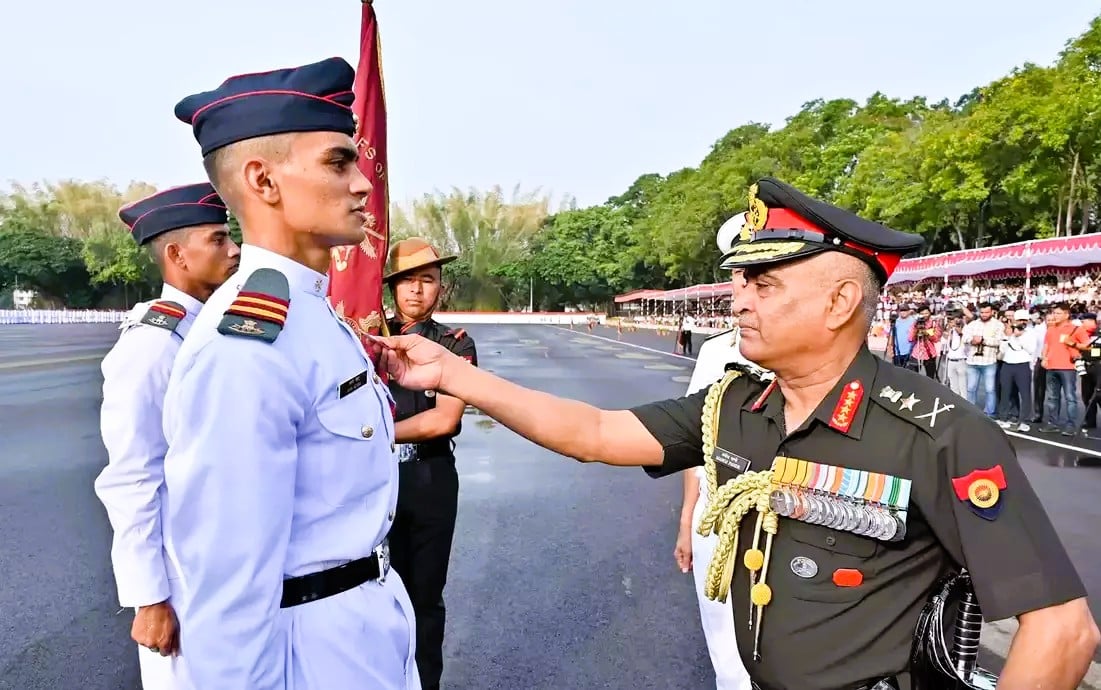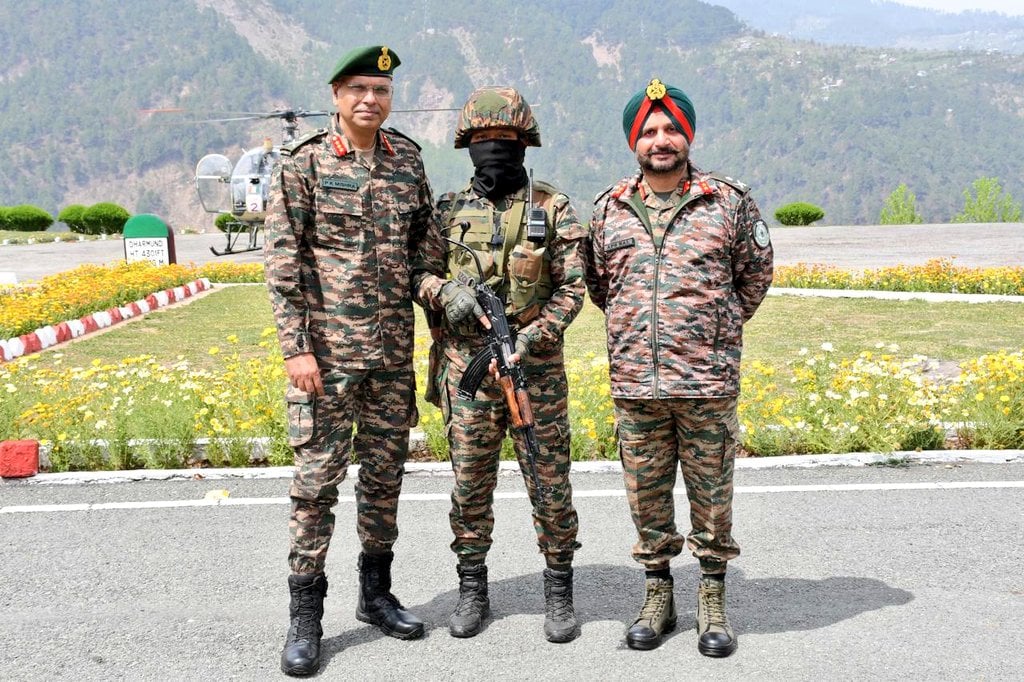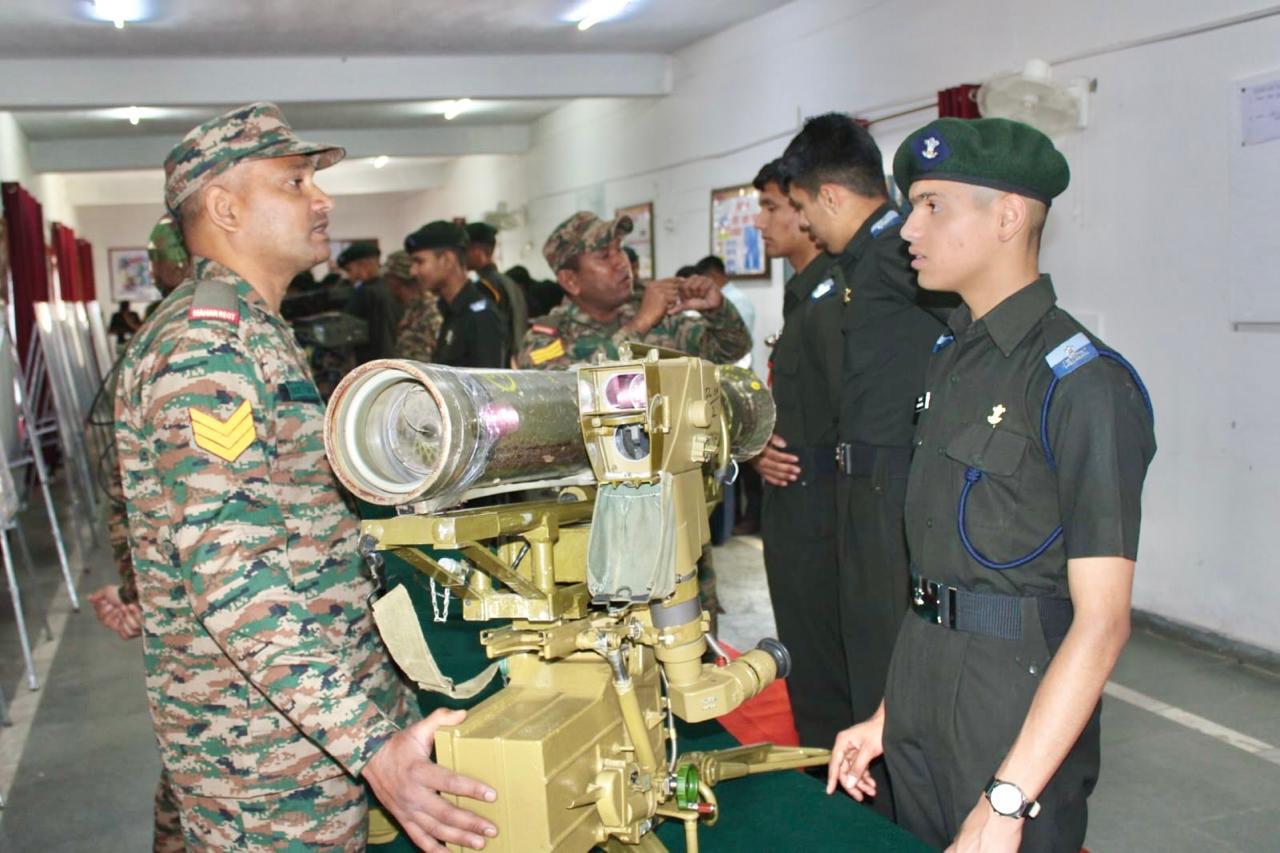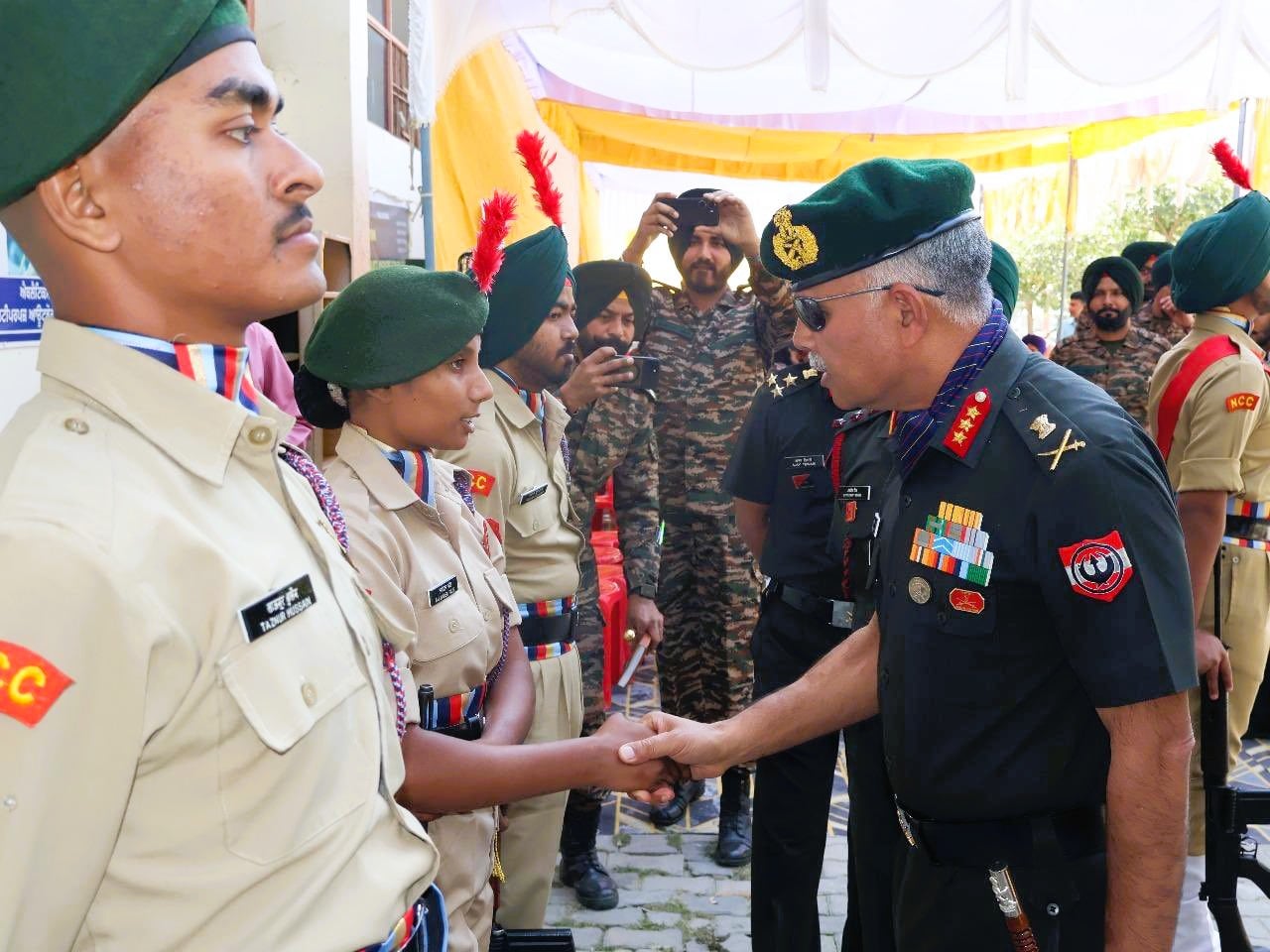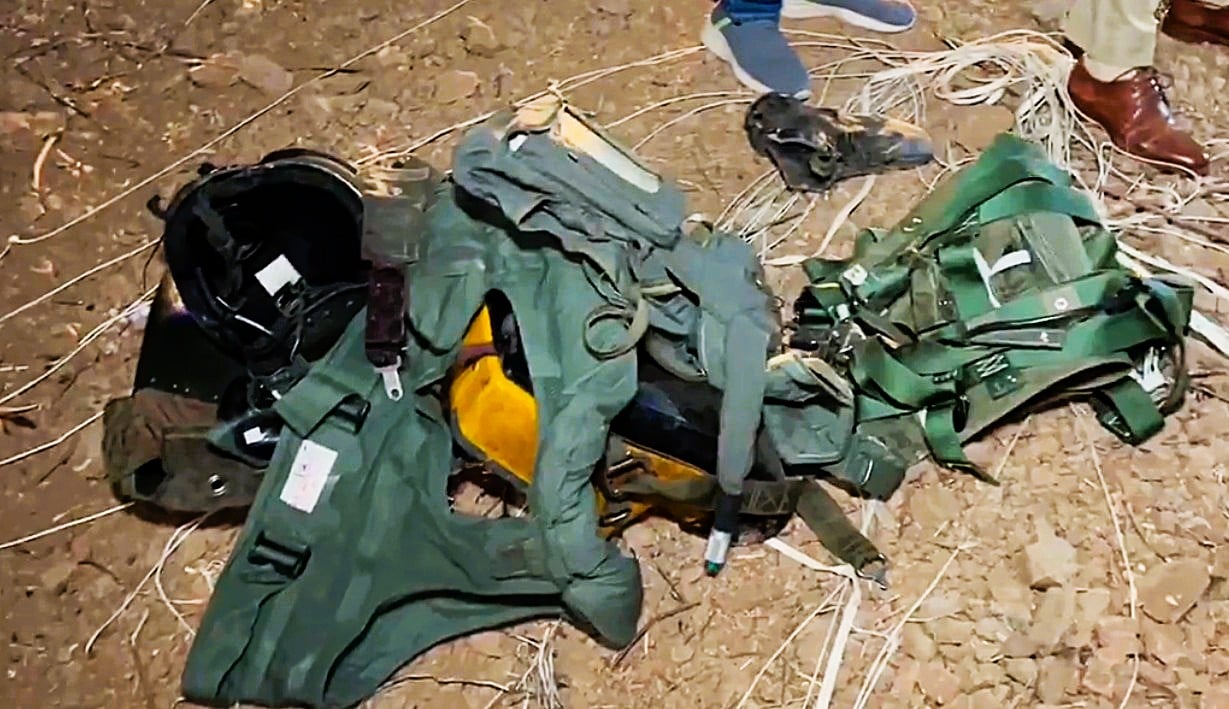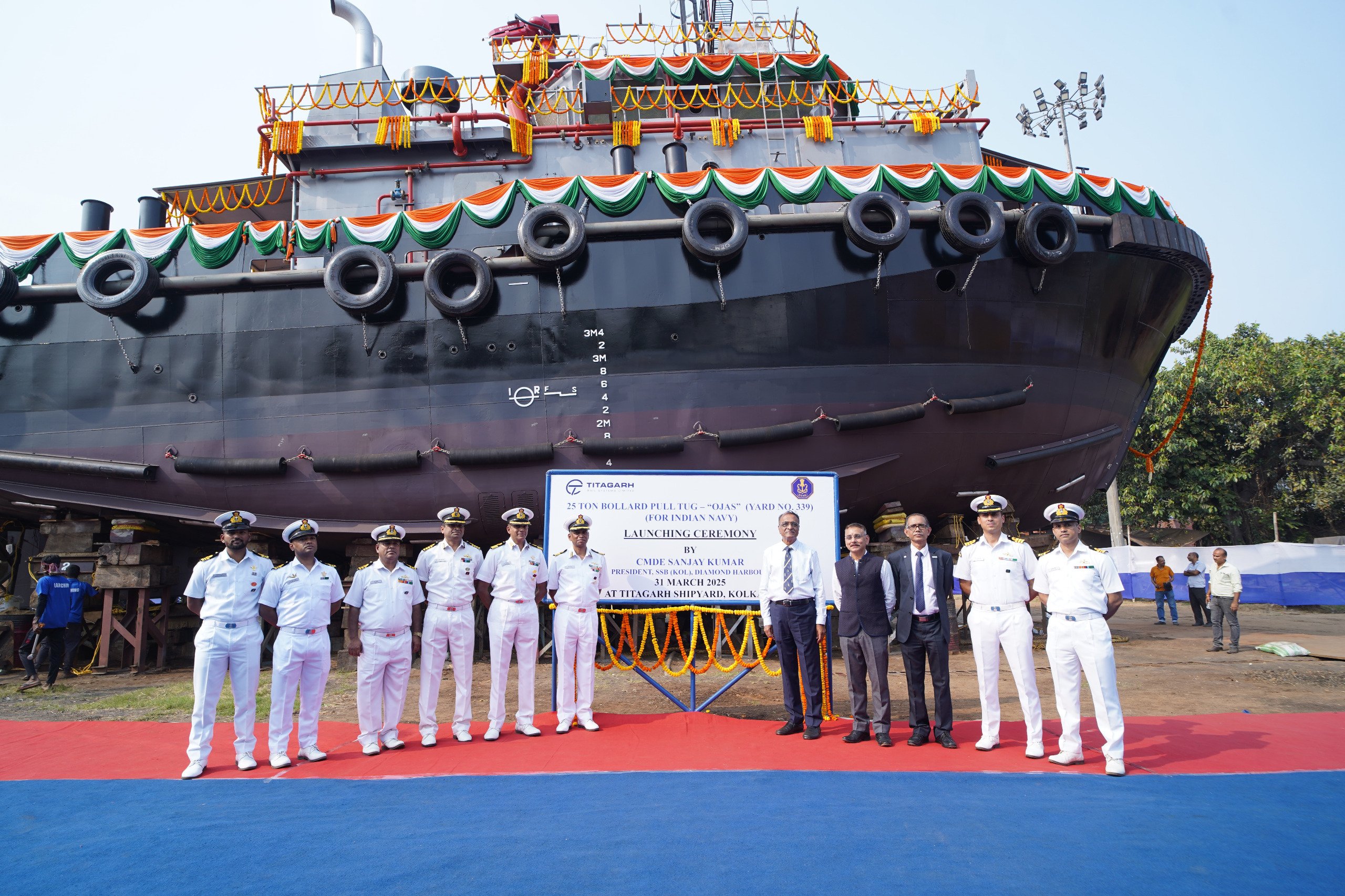In a significant boost to indigenisation of military, India’s first indigenous torpedo, Varunastra, has been inducted successfully in the Indian Navy.
The indigenous state-of-the-art heavy weight ship launched anti-submarine electric torpedo has been developed by Naval Science and Technological Laboratory (NSTL) of the DRDO for the Indian Navy.
A torpedo is a self-propelled weapon with an explosive warhead. It is designed to detonate either on contact with its target or in proximity to it.
Here’s all you need to know about Varunastra:
- Varunastra is capable of targeting quiet and stealthy submarines, both in deep and littoral waters in intense countermeasure environment.
- Having almost 95 per cent indigenous content, it weighs around 1.25 tonne.
- The torpedo carries about 250 kg of explosives at a speed of around 40 nautical miles an hour.
- The torpedo, which has already been test-fired from ships, will soon be fired from a submarine.
- Varunastra has been designed with latest technologies such as high-speed and long-endurance propulsion, software-driven intelligence, conformal array acoustic homing with wide look angle and advanced digital signal processing.
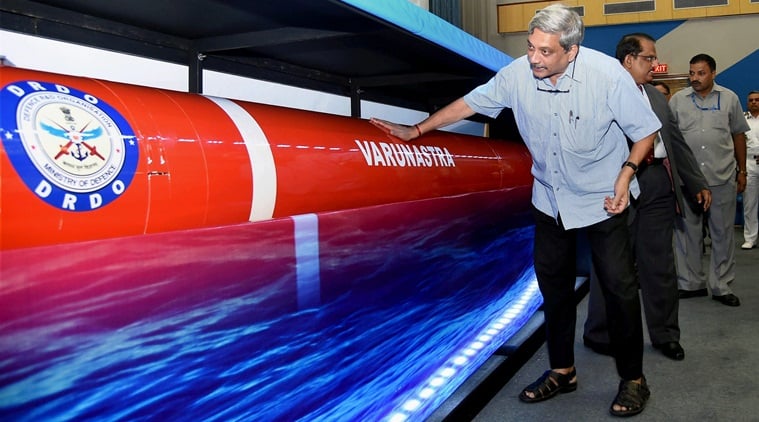
- The project costs about Rs 10-12 crore per unit.
- The torpedo can be launched from Kolkata, Delhi, Teg, Talwar and Kamorta classes of ships.
- It has conformal array transducer which can look at wider angles than other torpedos.
- It is also having advanced autonomous guidance algorithms with low drift navigational aids, insensitive warhead which can operate in various combat scenarios.
- It has a GPS-based locating aid, a unique feature in contemporary torpedoes in the world.
- The weapon has completed all environmental qualification tests like shock, vibration, temperature cycling, marine environmental tests.
- This made India one of the eight countries to have the capability to design and build such a system. 73 such torpedoes have been ordered by the Indian Navy.
- This landmark has put navy in the elite club of navies across the globe that can boast of self-reliance in under water sensors and under water weapons.
- The development of such a technology took 11 whole years by the NSTL and they took a year extra as there were many issues since it was being done for the first time.


